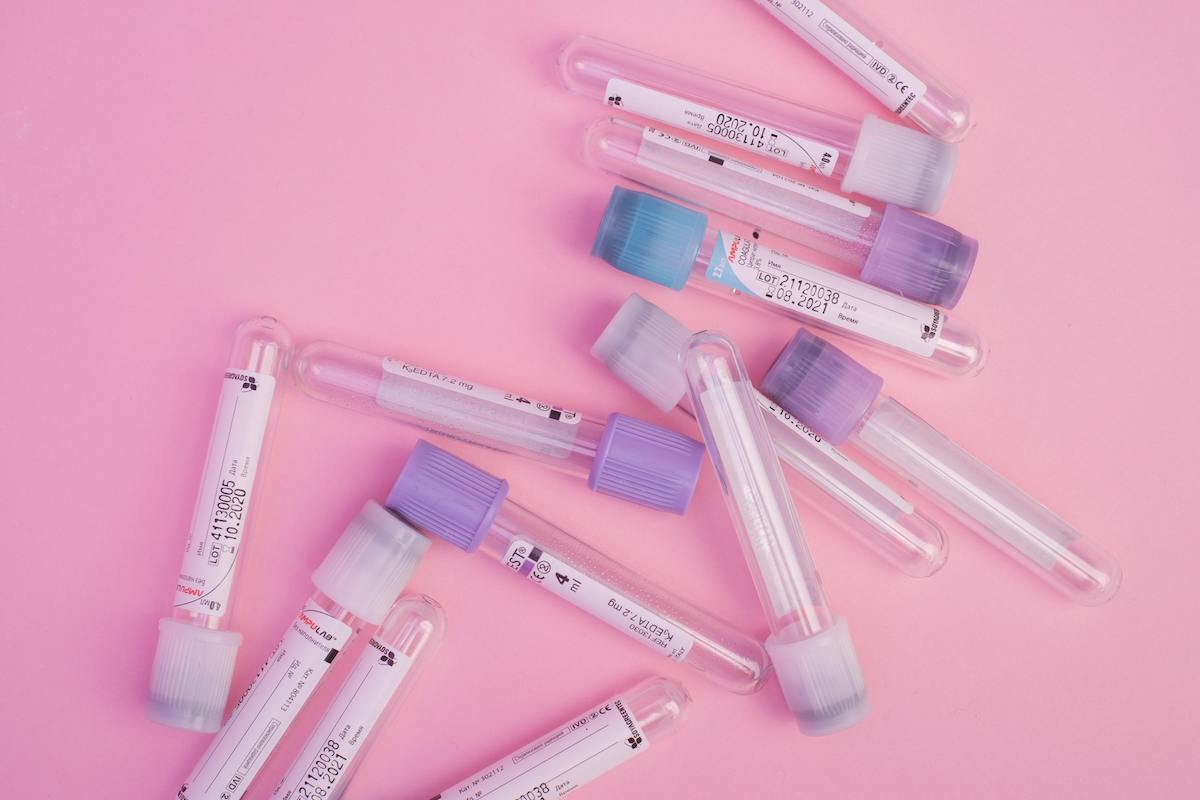
If you’ve ever had blood work done, you've probably been faced with the long list of data alongside medical jargon that appeared in your patient portal. Unless you work in healthcare yourself, these results likely don’t mean much, and chances are that your doctor won’t have time to teach you.
Thanks to the time crunch, you might miss out on tons of valuable information hidden in your blood work. Here, we’ll break down the liver function tests, or LFTs that appear on a Comprehensive Metabolic Panel (CMP).
Understanding these tests and their results allows you to actively engage in your health management. So, for those of us interested in a deeper understanding of our own diagnoses and treatments, the first step is to demystify the science.
What are the Liver Function Tests (LFTs)?
Liver Function Tests are common biochemical markers that you might see when your doctor wants to take a closer look at your liver function. They include waste products like bilirubin, functional proteins like albumin, and enzymes, like ALT, AST, and ALP.
What does the liver do?
Your liver does more for your body than you might think. It contributes to metabolism, vitamin absorption, blood glucose regulation, detoxification, and bile production, to name a few things.
You can first think of it as a sort of metabolic hub.
Metabolism is the long list of chemical reactions necessary for turning food and water into energy. Your liver contributes to it by converting glucose (sugar), amino acids (the stuff proteins are made of), and lipids (fats) into something your cells can actually use.
It also takes part in directing all of the other systems involved in metabolism in terms of how much energy they’re allowed to use and how much they should make.
That’s part of why your liver is so vital. Depending on how much stored energy you have available, certain organs are going to get more glucose than others. For example, when you’re in a starvation state, your brain gets first dibs on glucose, while other systems (like digestion) are put on the back burner.

All kinds of decisions need to be made when it comes to the distribution of resources, and your liver is calling the shots. These ‘decisions’ are facilitated by important regulatory hormones that interact with the liver to control metabolism – a couple of examples are insulin and thyroid-stimulating hormone.
If you're curious about either of these hormones in particular, check out our articles on understanding and controlling your blood glucose and reading your thyroid-stimulating hormone results.
Your liver is also vital in removing toxins and waste from the blood.
A classic toxin you might think of is alcohol. The metabolism, or breakdown, of alcohol results in a toxic byproduct. The liver converts it into a form that can be swept away by your bloodstream and eventually moved to the urine. Another toxin you’re probably familiar with is ammonia. This is a byproduct of amino acid (protein) breakdown and is toxic to your central nervous system. By chemically modifying ammonia into urea, it becomes more ‘agreeable’ with water and can be secreted into urine, instead of into the rest of your organs.
These are only a couple examples of the chemical modifications your liver uses to process all kinds of compounds. Keep in mind that it does this with almost every medication and supplement you take.
It also breaks down red blood cells to make room for their incredibly high turnover rate and even assists in making chemicals for blood clotting.
So, which liver markers matter?
The not-so-satisfying answer is that all of your liver function markers are relevant to your health – otherwise, they wouldn’t be tested for on a metabolic panel.
While certain out-of-range results can indicate underlying disease or cell damage, plenty of others simply indicate abnormalities that could be due to medications, diet, or hormonal fluctuations. However, there are a few things that are more commonly out-of-range than others.
Bilirubin


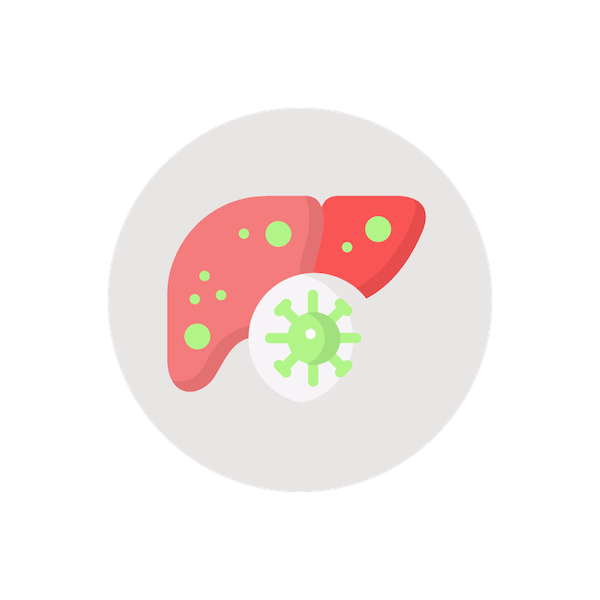
What exactly is bilirubin?
Bilirubin is essentially a waste product that comes from the recycling of your red blood cells. A 2015 study explains that mild bilirubin build-up, without other abnormal liver markers, has minimal direct consequences (with the exception of newborns). Even so, it’s a good way to screen for liver dysfunction.
What do mildly high levels of bilirubin mean?
It’s not uncommon for people to have elevated bilirubin since any slowdown in waste removal will result in increased bilirubin in the bloodstream. These ‘slowdowns’ are sometimes caused by medications or excessive alcohol consumption. It can also be caused by a fairly common genetic disease called Gilbert’s Syndrome, which impedes proper bilirubin removal, but has little to no adverse effects.
What do high levels of bilirubin mean?
In more extreme cases, excessive bilirubin can be caused by liver diseases like hepatitis (inflammation of liver tissue) and cirrhosis (scarring due to disease or injury). Other times, high levels can be caused by bile duct obstructions, which we’ll talk about more in the context of abnormal ALP levels below. Bilirubin has a stark yellow pigment, so high levels often go hand-in-hand with jaundice or yellow pigmentation of the skin.
Albumin

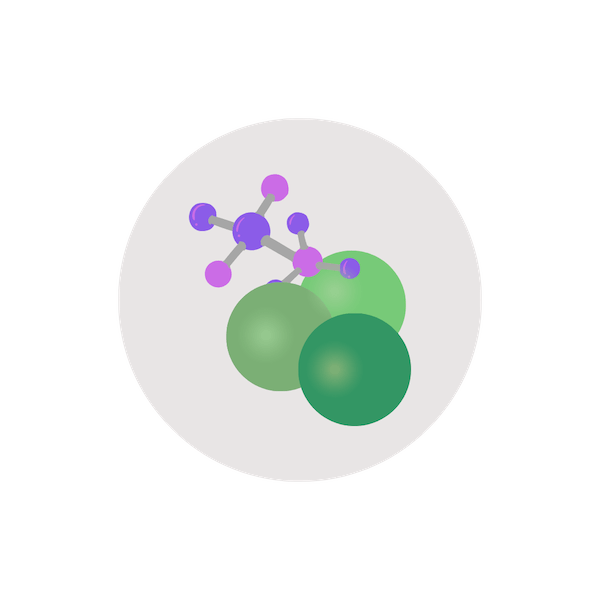

What does Albumin do?
Albumin’s main purpose is to draw in watery fluid from outside your blood capillaries. In other words, it prevents ‘leakiness’ from your bloodstream into the surrounding space. This is super important for making sure your blood can carry things where they need to go without losing vital materials.
This protein is made in the liver and makes up a huge portion of your blood plasma (the liquid part that carries salts, hormones, medications, waste, etc). It also acts as a transporter itself. This is because of its negative charge, which makes it ‘sticky’ towards other charged molecules. It binds to things like bilirubin, electrolytes, and medications to deliver them to and from various tissues and the liver.
What causes low albumin?
Low levels of albumin, also called ‘hypoalbuminemia’, often arise when you’re malnourished, or if your body is having a hard time with protein absorption. It can also be lowered by certain hormones, like those in birth control pills, or those produced by pregnant women.
In the case of malnourishment, the liver doesn’t have enough resources to make more albumin. Poor protein absorption, however, can happen if the liver stops being able to break down the food you do consume.
You shouldn’t think of this as a primary condition, but more so as a symptom that’s caused by a variety of other conditions. This makes it impossible to narrow down a diagnosis by albumin metrics alone. Like all of these markers, it’ll have to be considered in the much broader context of your health.
Since your liver synthesizes albumin, damage to liver cells from disease could stop it from producing the usual amounts. Loss of albumin could also be due to an increase in its breakdown and clearance from the bloodstream. Alternatively, if there’s another condition that makes your blood vessels easier to pass through than normal, albumin itself can leak out of the bloodstream.
What happens if you have low albumin levels?
Since albumin is normally bound to things being transported through the blood, having too little can lead to things like increased sensitivity to medications. Without enough albumin, these unbound molecules float around in the bloodstream and can interact more with their target organs.
What do high albumin levels mean?
Remember that albumin is found in the watery part of your blood. If there’s some overall fluid loss, that might cause the concentration of albumin to increase relative to the fluid.
Liver Enzymes
What are the liver enzymes?
A couple of enzymes you’ll see in your liver blood work are alanine aminotransferase (ALT) and aspartate aminotransferase (AST). Both help with the breakdown of amino acids (which make up proteins) for energy.
Alkaline phosphatase (ALP) is another vital liver enzyme, but instead of breaking things down directly, it makes bile for fat breakdown.
What are enzymes?
Enzymes are a diverse group of proteins that assist in almost all of your bodily processes. Unlike bilirubin or albumin, they’re not byproducts of or transporters for metabolism, but instead facilitators of it. They speed up chemical reactions required for vital processes by positioning the chemicals of interest right where they need to be at the right time.
ALT and AST

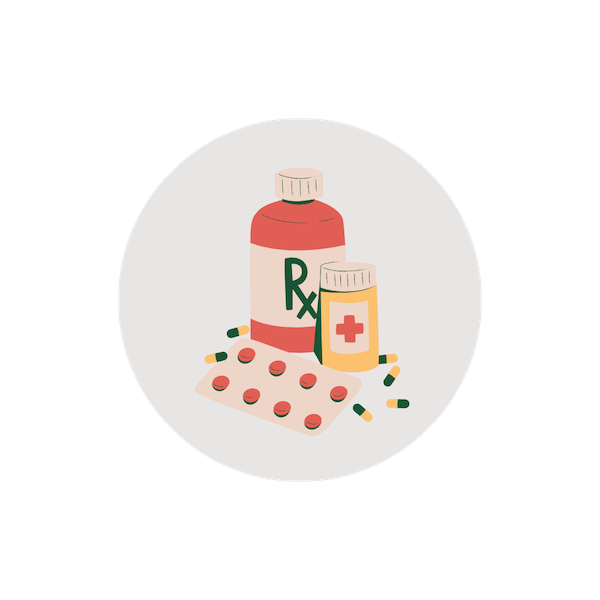

What do mild elevations of ALT and AST mean?
Mild elevations in each of these enzymes can occur because of minor liver inflammation. When liver cells are damaged, ALT and AST are released into the bloodstream and you’ll see higher than normal levels in your bloodwork. Inflammation doesn’t necessarily mean extensive damage, and it’s caused by lots of things. This isn’t to say that it’s irrelevant, but here are a few factors you might consider before disease.
Intense exercise, for example, can cause a twofold increase in ALT. Physicians must also consider differences in age, weight, and whether their patient has a menstrual period before making any judgments. The liver also processes most of your medications and dietary supplements, so it’s incredibly common for these substances to alter your liver enzymes.
In the case of chronic liver disease, it’s also possible that these markers will decline over time. This happens because as the liver weakens, its ability to produce enzymes decreases.
It’s important to note that if you have any concerns with your liver health, medical advice should be sought out from a physician!
What do high levels of ALT or AST mean?
The two often rise and fall together, but sometimes the relationship between the two can be a helpful diagnostic clue.
If your ALT levels are high – as in breaking 1000 U/L – this represents significant inflammation of the liver cells and needs further investigation. For context, the ‘normal range’ is between 7 and 56 U/L.* ALT is confined more specifically to your liver tissue than AST is, so it’s a more specific marker for problems originating in your liver.
*Reference values can vary slightly depending on the lab performing your blood test.
AST is generally between 0 and 35 U/L. It’s usually elevated from things that don’t originate in your liver, but are causing it stress. Like lots of liver-related issues, this stress can come from medications, certain supplements, and substances such as alcohol.
For example, if AST is double the level of ALT, it’s often associated with excessive alcohol use. Since AST is found in lots of other organs and tissues, your physician will have to consider its elevations in the context of the rest of your metabolic panel.
If your bloodwork persistently displays elevated levels of either ALT or AST, then be sure to discuss this with your physician. You may need to make a medication change or have further investigation done to identify why.
ALP
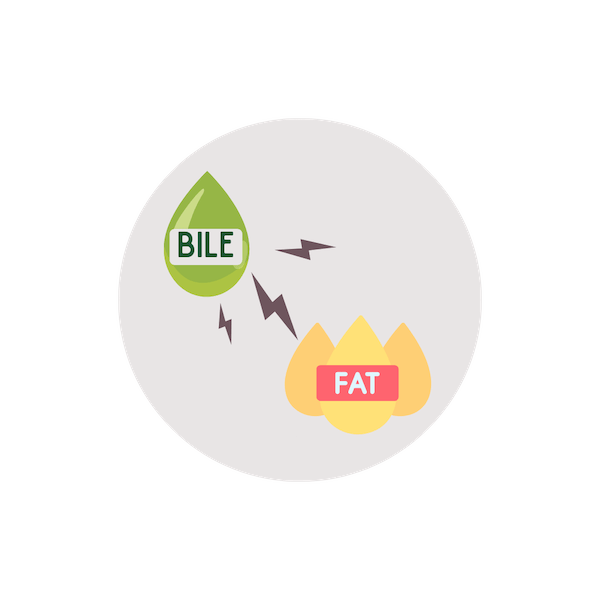


What does alkaline phosphatase, or ALP, do?
ALP is produced by cells lining the bile ducts, so its main job is to aid in bile production. Bile is a ‘digestive juice’ that’s essential for breaking down fat and converting it to chemical energy.
Like AST, it’s also involved in a few different processes besides those in the liver. For example, it’s found in bones, intestines, and the placenta during pregnancy. So, if all other liver biomarkers look good, it’s likely that elevated ALP levels have something to do with one of these other organ systems. ALP also varies greatly with additional health issues, age, and between men and women, so the ‘normal range’ varies a lot.
What should my ALP level be?
The normal range of ALP can be anywhere from 30 to 120 U/L, and elevated levels are considered to be those above 500 U/L. This level of ALP could be a sign of cholestasis, which is the blockage of bile flow from the liver. High levels could also be diagnostic clues for Hodgkin lymphoma, infection, and potentially abnormal bone metabolism.
What does low ALP mean?
It’s less likely that you’ll see low ALP, but if you do, it could mean you’re deficient in zinc, which is an important component of its structure. Other possibilities include thyroid disease, anemia, or Wilson disease.
How can I track my Liver Function Test Results?
You can track your liver function test results in your various patient portals, spreadsheets, or in a personal health app like Guava. Guava can aggregate all of your blood test results in one place, no matter where you got your tests done, so you can see trends and understand more about your liver health. If your health is at risk due to a liver condition, tracking your liver biomarkers over time can be an important part of treating and understanding your illness.


In summary
You can probably see by this point that your liver takes a massive responsibility in keeping your body up and running. It’s for that reason that we have so many different ways to gauge its health. As we’ve already mentioned, it’s important to keep in mind that a single out-of-range result rarely leads to a diagnosis.

A conversation with your doctor is always warranted when it comes to your health concerns, and they’ll be able to consider your liver health in the context of the rest of your blood work. By understanding the biology of these liver markers, you’ll be better equipped to ask the right questions and actively manage your personal health.






